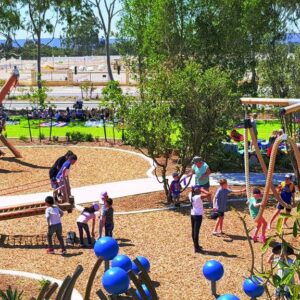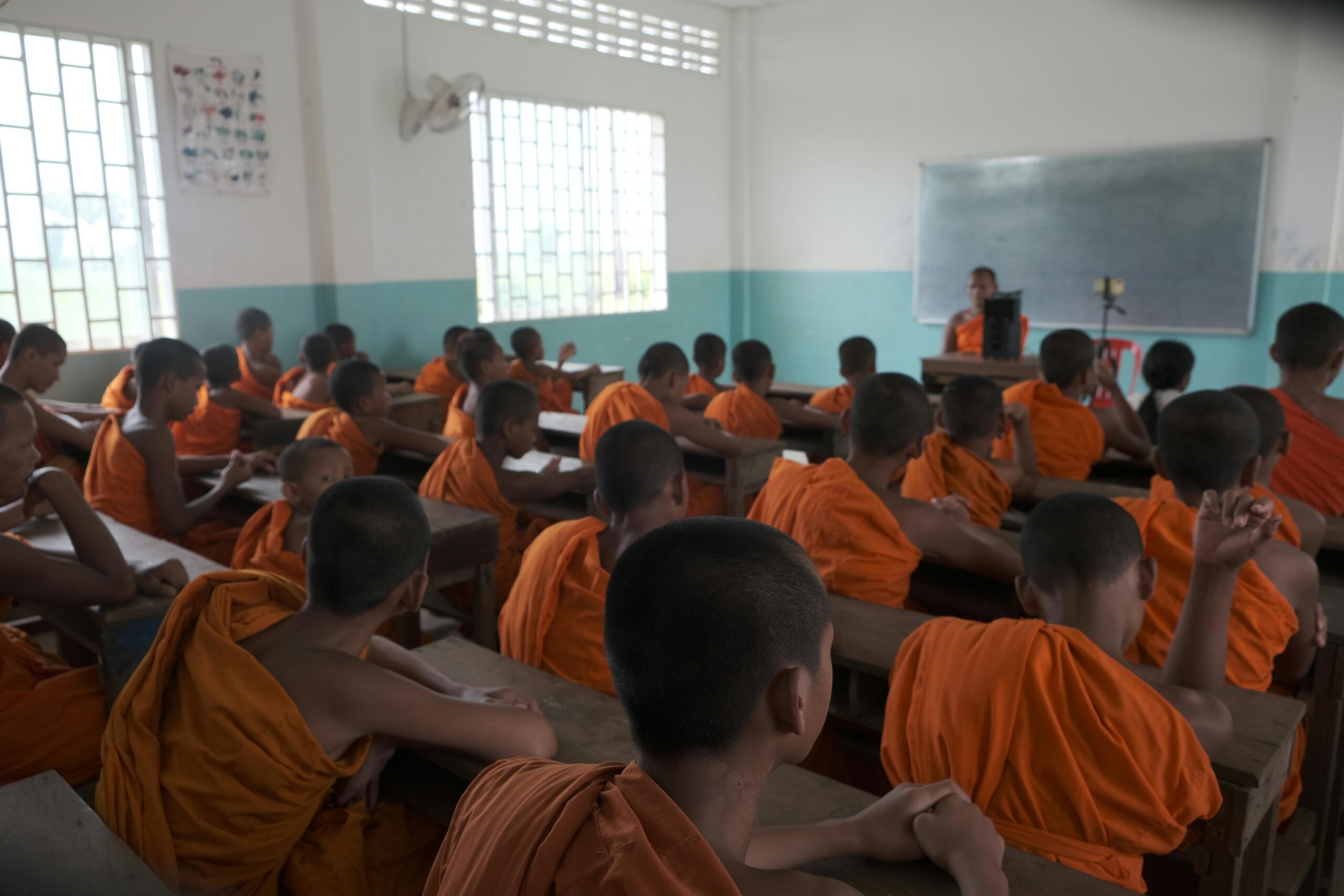In India’s rapidly evolving education system, the question of whether small schools offer better student-teacher interactions has gained significant attention. With the rise of large, prestigious schools and their flashy infrastructures, small schools, often viewed as less glamorous, are gaining recognition for their ability to foster closer, more meaningful connections between teachers and students. In particular, schools following ICSE and CBSE boards—each with their unique educational structure—provide different experiences when it comes to personal attention in smaller schools.
The Power of Personalization in Small Schools
Small schools, with their relatively fewer students, often offer a unique advantage:personalized attention.This is particularly evident in smaller classrooms where the teacher-to-student ratio is much lower, allowing for deeper engagement and interaction.
ICSE Schools: The ICSE board’s comprehensive and in-depth curriculum demands active participation and critical thinking. In smaller ICSE schools, teachers are better able tonurture each student’s intellectual curiositydue to the more intimate learning environment. Teachers can provide moreone-on-one timewith students, tailoring lessons to individual learning styles, fostering deeper comprehension, and supporting personal growth. Students in these settings can have their questions answered more effectively, enhancing their understanding of complex subjects.
CBSE Schools: While CBSE schools are typically more exam-focused, small CBSE schools can still offer advantages in terms of student-teacher interactions. With fewer students in the classroom, teachers canbetter understand each child’s strengths and weaknesses, providing targeted feedback and additional support where needed.In smaller CBSE schools, teachers have the ability to help students grasp the theoretical concepts more thoroughly, moving beyond rote learning and preparing students for application-based exams with a stronger conceptual foundation.
Stronger Emotional and Social Development
Beyond academics, the emotional and social benefits of smaller schools cannot be ignored.Small schools foster a stronger sense of community, where students are seen as individuals, not just numbers. This is a key factor in nurturing well-rounded, confident individuals who are prepared for life’s challenges.
ICSE Schools: Smaller ICSE schools tend to place a significant emphasis onholistic education, promotingemotional intelligenceand personal development alongside academic excellence. Teachers in such settings can closely observe their students’ emotional growth, addressing issues like stress or bullying with individualized care. The school environment fosters a culture of trust, where students feel more comfortable expressing their concerns, leading to healthier mental and emotional development.
CBSE Schools: CBSE schools, while often focused on academics and performance, still benefit from the close-knit community that small schools offer. Teachers are able toidentify behavioral or emotional challenges early, allowing them to intervene appropriately and provide support. This is especially important in today’s high-pressure environment, where students in larger schools might be left feeling isolated and overwhelmed.
Flexibility and Innovation in Smaller Classrooms
In smaller schools, the teacher has more freedom to beinnovative in their teaching methods, tailoring lessons to suit the needs of the students. This is particularly relevant in the context of bothICSE and CBSE curricula, where traditional teaching methods can sometimes limit creativity and student engagement.
ICSE Schools: With their flexible curriculum, smaller ICSE schools have the ability to adapt and implementproject-based learning, interactive discussions, and creative activities that promote critical thinking. Teachers are not constrained by large class sizes, which often impede dynamic, engaging teaching methods. In these schools, students are encouraged to explore topics in-depth, fostering a love for learning that extends beyond textbooks.
CBSE Schools: CBSE schools, which follow a more standardized curriculum, often face the challenge of focusing on a large number of students to achieve high exam results. However, smaller CBSE schools have the ability to introduceinnovative teaching methods, such as group discussions, peer learning, and collaborative projects, all of which make the learning process more engaging and less focused on rote memorization. Teachers in these settings can easily adapt lessons tostudent needs, helping them prepare for board exams while encouraging practical learning and creative thinking.
The Limits of Small Schools: Balancing Attention and Resources
While small schools offer several advantages in terms of personal attention, there are also limitations that need to be addressed. Many smaller schools struggle with limited resources—whether it’s access to modern technology, specialized teachers, or extensive extracurricular programs. These schools may not have the extensive infrastructure of larger, well-funded institutions, and this can sometimes impact the breadth of education on offer.
However, in many cases,the key lies in how effectively these schools use available resources. Smaller schools often rely on creativity and community to fill the gaps, with teachers and students working together tocreate learning experiencesthat larger schools may overlook. What they lack in size, they make up for in intimacy, adaptability, and the close attention given to each student.
Conclusion: Are Small Schools the Hidden Gems of India’s Education System?
The debate over the advantages of small schools versus large institutions in India will continue to evolve, but it’s clear thatsmall schools are increasingly becoming the unsung heroes of quality education. With smaller class sizes,better student-teacher interactions, and a stronger sense of community, these schools provide an environment where both academic and emotional growth are prioritized.
In India, where the education system is often dominated by large, prestigious institutions,parents should reconsider their priorities. The true value of a school goes far beyond rankings or infrastructure; it lies in how well it nurtures its students and prepares them for the challenges of the world.Smaller ICSE and CBSE schools may very well provide the personalized attention, care, and innovative learning approaches that big schools fail to deliver. So, while big schools might offer more amenities, it is the smaller schools that often hold the key to a truly enriching and transformative educational experience.











